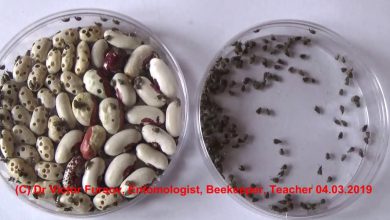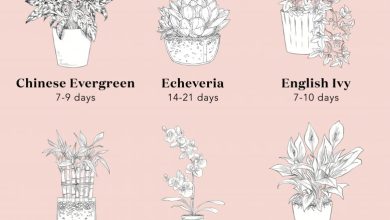Begonia care and varieties
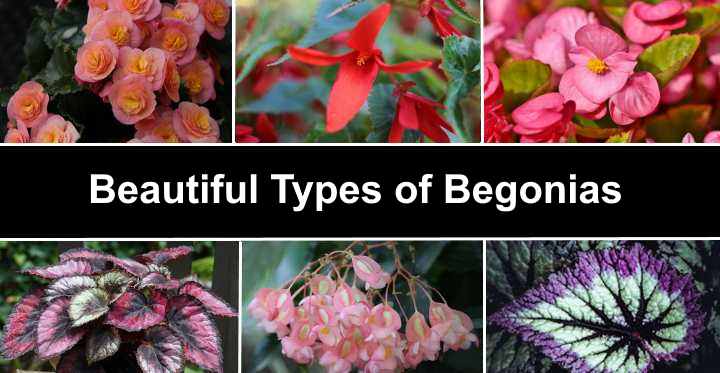
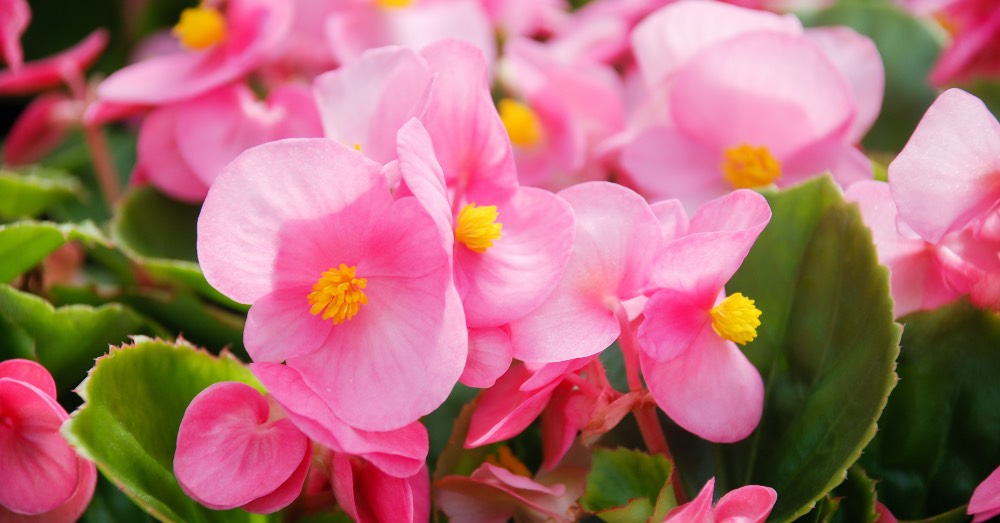
It is one of the most common plants in homes, both inside and outside the home. And it is perfectly logical. We are not only talking about an extremely grateful and attractive plant in its simple flowering. Added, in general, the care of the begonia does not imply a great knowledge of gardening. And we say in general lines because this genus of plants encompasses a whopping more than 1,500 species. For this reason, and although we know the maxims of its cultivation, it is important to know the characteristics of our plant.
Although we usually see it in our latitudes, the truth is that we are talking about a plant of tropical origin. Coming from places like Central and South America, Asia and Africa, it has managed to find a place in our homes due to its incredible versatility. A term that we must understand in two different ways. On the one hand, because it has been able to adapt to a climate that is the opposite of that of its origins to the point of being able to enjoy many of them outdoors. On the other, because in that enormous variety of begonias that we mentioned it is possible to find them almost! in every conceivable way.
For all these reasons, let’s see what the care of the begonia is. A good companion to start in the world of plants but also an ideal one for those who already have experience.
TYPES OF BEGONIAS ACCORDING TO THEIR ROOTS
Before going into detail on begonia care, it is important to get an idea of the different types that we can find. Normally when we talk about this plant, we tend to identify it with the most popular: the classic begonia with continuous flowering throughout the year. Beyond it and although it is the most common, there is another good number of begonias that we can enjoy.
Although before we talked about a huge number of species, let no one be alarmed. Despite there being so many classifications, the truth is that only about 150 are used in the world of gardening. Delimiting even more, all the begonias are included in three typologies that are worth delving into. And not only for knowing more about our plant: also because, although the care of the begonia is practically the same regardless of its type, they may have slight nuances depending on which group they correspond to.
1. Rhizomatous begonia
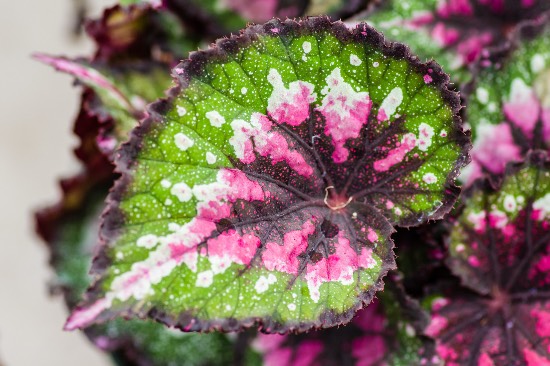
Its main characteristic is that it has an underground stem or rhizome, which acts as a nutrient reserve. Both the roots that are distributed through the substrate and the aerial shoots of the plant start from it. Some of the most common rhizomatous begonias with Rex and Masoniana.
A couple of details about the care of the rhizomatous begonia: it needs temperatures above 15 degrees, and it only accepts watering when the surface layer of the substrate has dried.
2. Tuberous Begonia
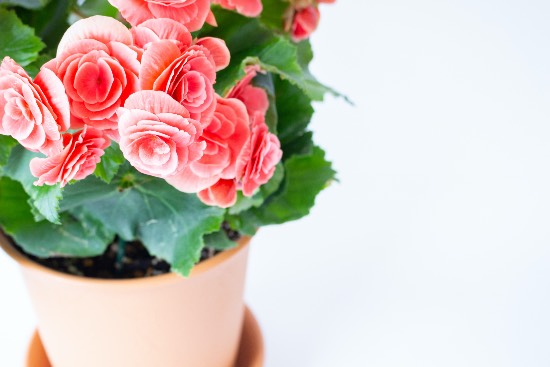
As its name suggests, the tuberous begonia has bulbs on its roots. In this case, they are precisely the ones that store the nutrients. For this reason, this type of begonias, including the Elatior or the Evansiana, require that we be more consistent with irrigation, whether we grow them indoors or outdoors.
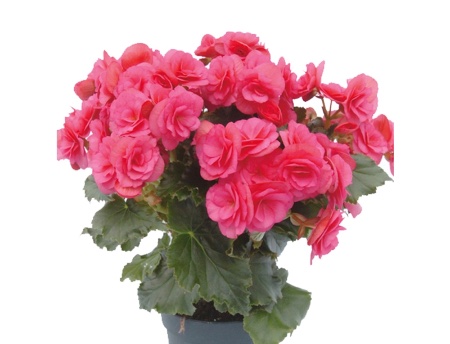
Another detail of tuberous begonia care is the temperature they need to live with well-being. While in normal conditions we can have them at 13 degrees, if they are starting to bloom or in flower they will need five degrees more. And this point is important because its flowering is precisely one of its greatest attractions. Not only is it more abundant and spectacular than in the case of other begonias, but it also lasts longer.
3. Begonia fasciculata
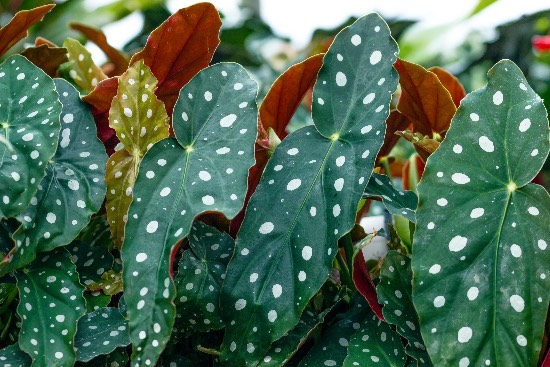
It is probably the most common type of begonia. Its root laying is like what we know in most indoor plants: roots that extend into the substrate looking for nutrients. This group includes begonias that are so common in houses, such as the s emperflorens, but also one of the begonias that has recently captivated plant lovers: the maculata begonia.
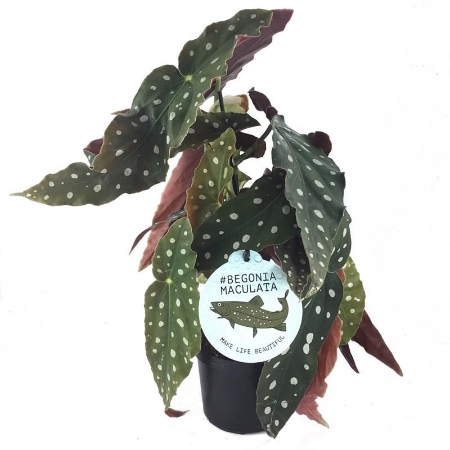
In addition to the fact that they can withstand temperatures of up to 10 degrees, another of their peculiarities is that they flower in clusters.
CARE OF THE BEGONIA TO ENJOY IT
Apart from the specific needs of the different types, in general terms the care of the begonia is practically the same for all of them. Something logical if we look at that tropical origin that, as happens with many of those we consider indoor plants, inevitably marks its cultivation.
1. Good dose of indirect light, one of the fundamental cares for begonia
In the absence of going into details according to the species, most of the begonias need a good dose of light but always sifted. Except for the semperflorens, they do not usually tolerate direct sun as it can burn their leaves.
It should also be considered that a good number of tuberoses even admit semi-shade conditions, although it is not usual for domestic crops.
2. Regular humidity in the substrate and in the environment, essential for its growth
The begonia is a moisture-loving plant but let’s not confuse that with flooding it. Although it is true that you need to have a good degree of humidity on a constant basis, exceeding it can cause the root system to rot. Beyond watering when it is really appropriate, it is important that our plant has a substrate that retains moisture but, at the same time, is capable of maintaining aeration.
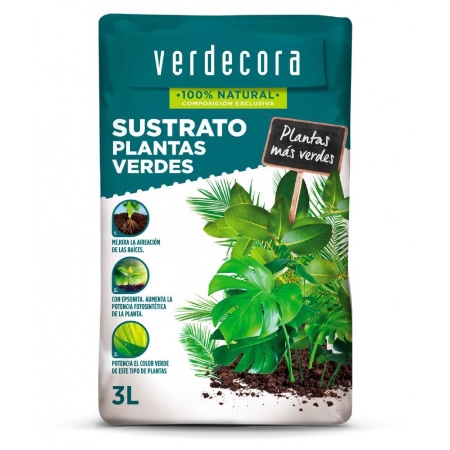
And what is the correct irrigation pattern? During the cold months, an irrigation every seven or nine days will suffice; in the hot months, we will have to hydrate it every maximum three days. But beware: knowing how to water our begonia correctly is just as important as being good at watering. Although we think that doing it with a shower is the most appropriate, let’s forget it. The ideal is to put water in the plant’s base plate and allow it to hydrate itself. In this way, we will avoid wetting leaves and flowers.
Apart from this, the begonia needs some environmental humidity. Something that we will never do by spraying its leaves or flowers at the risk of damaging them. The ideal: place a plate under the pot, separated from the base by some amendment or pebbles, with water to hydrate the environment.
3. Warm temperature, another begonia care that we cannot neglect
Remember: begonias are tropical plants. And no matter how adapted they are, they need warm environments. The ideal range is between 13 and 22 degrees, and it is just as dangerous to expose them to colder temperatures as warmer ones.
And fundamental: do not expose it to frost. Something that we have to contemplate both in those pots that we take outside and if we decide to plant begonias outdoors.
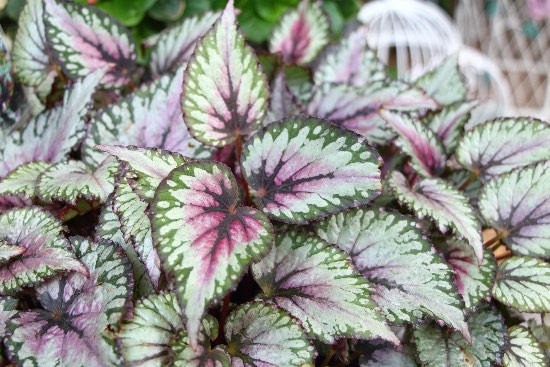
4. Good ventilation, a detail to consider
Although it may seem logical to us, it is one of the begonia care that we cannot neglect. We are talking about a plant species that does not tolerate stuffy environments and needs fresh air to stay healthy.
But beware: it is essential to keep it away from any draft. As a good chilly plant, it could compromise its life.
5. Manual pruning, simple care but key to its evolution
Removing withered flowers and leaves is essential. Only by removing from our plant those parts that are no longer going to get ahead will we help it grow. But not only that: with this task, we will also promote its flowering.
6. Subscriber, important for both flower and leaf begonias
Although the begonia is a generous plant when it comes to growing, the truth is that it needs a little help. Or, in other words, that we are regular when it comes to fertilizing and that we do it conveniently.
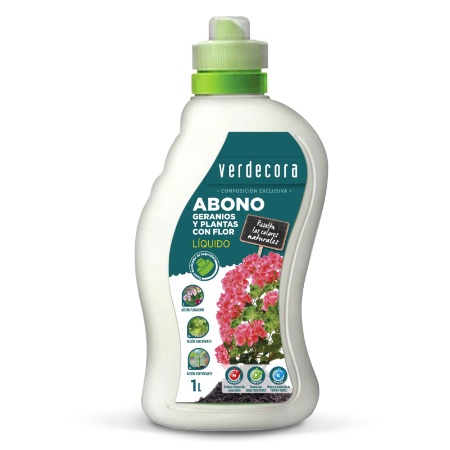
In flower begonias, the ideal is to apply a dose of diluted liquid fertilizer in the irrigation every 20 days during the flowering season. For leaf begonias, we will have to opt for a fertilizer for green plants.
7. Closely monitor pests, the last care of the begonia
We have reached the last chapter to correctly cultivate the begonia. When it comes to pests, the list of insects that find it extremely palatable is not a small one. Thrips, aphids and mites are the most common annoying visitors. As always happens when we talk about eliminating pests from the garden or indoor plants, the ideal is to stop their progress as soon as we detect them.
Leaving insects aside, we will also have to pay attention to snails and slugs. They also find the leaves and flowers of the begonia highly appetizing.
Whatever the species, you will enjoy it a lot. Because something has the begonia that, whether flower or leaf, is simply beautiful.

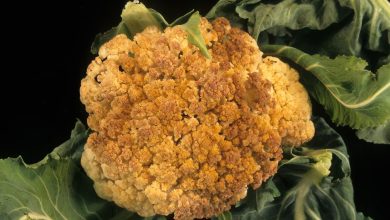
![Photo of Mulch: [Examples, Materials and How to Make a Homemade One]](https://www.complete-gardening.com/wp-content/uploads/2022/08/mulch-examples-materials-and-how-to-make-a-homemade-one-390x220.jpg)
